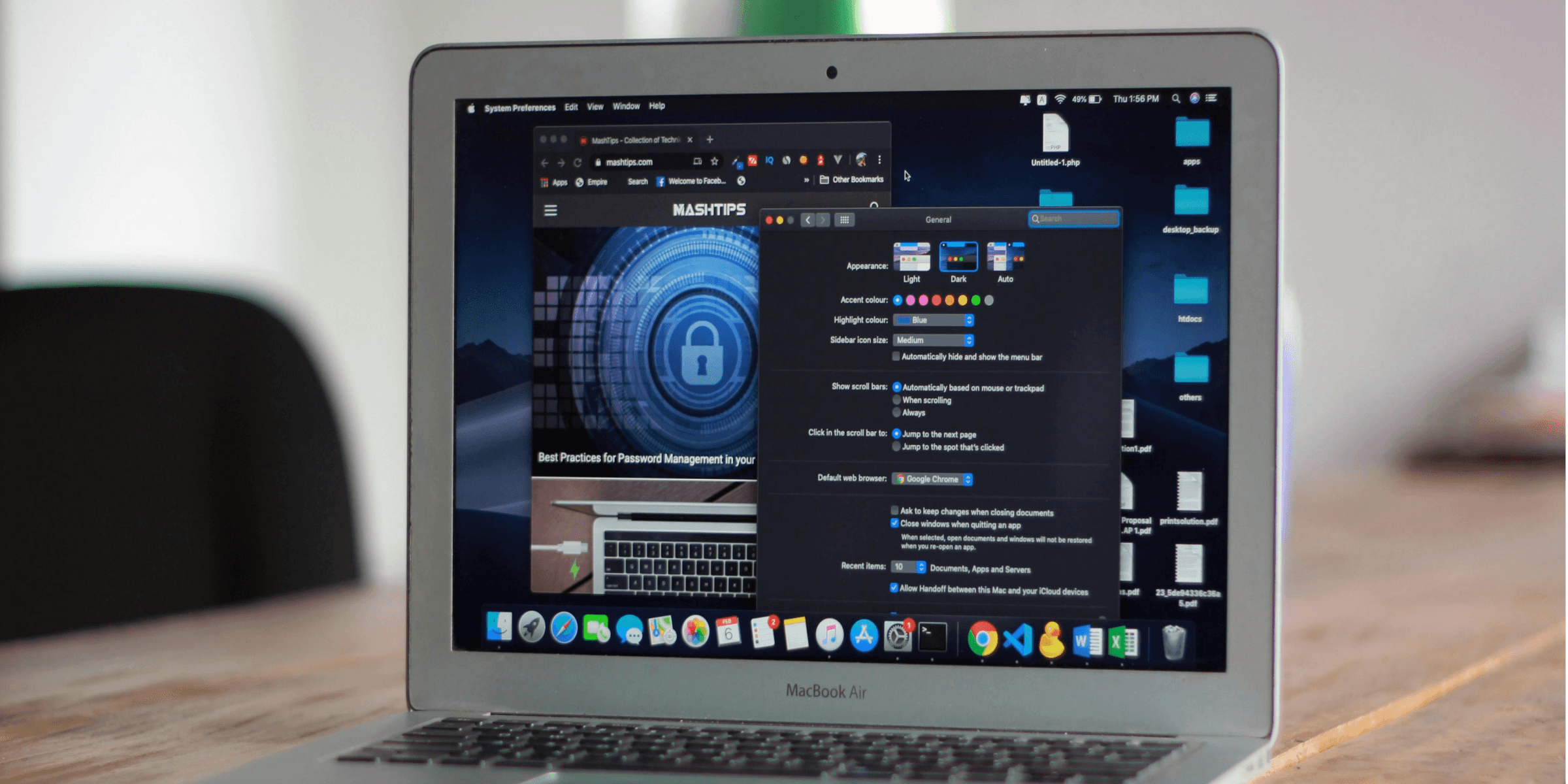Getting Started with AWS Lambda: A Beginner's Guide

With serverless computing, developers can focus solely on writing code without worrying about server management or infrastructure provisioning. One of the leading platforms for serverless computing is Amazon Web Services (AWS), and at the heart of AWS's serverless offering is AWS Lambda.
Understanding Serverless Computing
What is Serverless Computing?
Serverless computing is a cloud computing model where the cloud provider manages the infrastructure, dynamically allocating resources as needed, and users only pay for the actual resources consumed by their applications.
Key Benefits of Serverless Computing:
- Scalability: Automatically scales with demand, ensuring optimal performance.
- Cost-effectiveness: Pay only for the resources used, with no upfront costs or idle capacity.
- Reduced operational overhead: Eliminates the need for server provisioning, maintenance, and monitoring.
Introducing AWS Lambda
What is AWS Lambda?
AWS Lambda is a serverless compute service provided by AWS that allows you to run code without provisioning or managing servers. It automatically scales to handle the incoming requests and executes code in response to various triggers.
Key Features of AWS Lambda:
- Event-driven architecture: Responds to events from various AWS services or custom triggers.
- Support for multiple programming languages: Write functions in languages such as Node.js, Python, Java, Go, and more.
- Pay-per-use pricing model: Only pay for the compute time consumed by your functions.
Creating and Deploying a Simple Lambda Function
Step 1: Setting Up an AWS Account
If you haven't already, sign up for an AWS account at https://aws.amazon.com and navigate to the AWS Management Console.
Step 2: Creating a Lambda Function
- Go to the Lambda service in the AWS Management Console.
- Click on the "Create function" button.
- Choose the author from scratch option.
- Provide a name for your function, select a runtime (e.g., Node.js), and choose an execution role with the necessary permissions.
- Click on the "Create function" button.
Step 3: Writing Your Lambda Function
Write your function code directly in the AWS Lambda console or upload a zip file containing your code. Here's a simple example of a Node.js function that logs a message:
exports.handler = async (event) => {
console.log('Hello, AWS Lambda!');
return {
statusCode: 200,
body: JSON.stringify('Hello from Lambda!'),
};
};
Step 4: Testing Your Lambda Function
- Configure a test event with sample data or use the default test event.
- Click on the "Test" button to execute your function and view the results.
Step 5: Deploying Your Lambda Function
Once you're satisfied with your function, click on the "Deploy" button to deploy it to the AWS Lambda service.
Conclusion
AWS Lambda provides a simple and cost-effective way to run code in response to events without managing servers. By following this beginner's guide, you've learned the basics of serverless computing and how to create and deploy your first Lambda function on AWS. Now, you're ready to explore the endless possibilities of serverless architecture and build scalable, event-driven applications in the cloud. Happy coding!
Consult us for free?
View More


